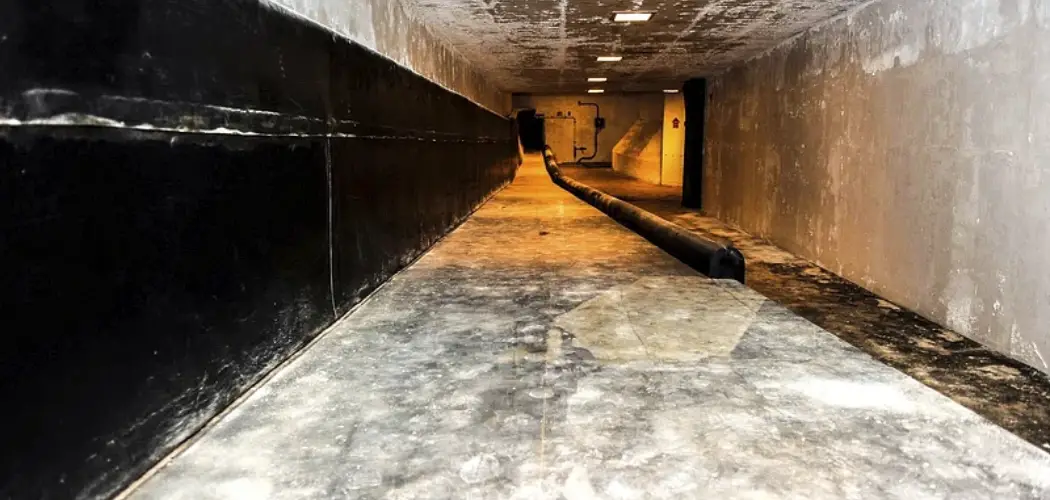Creating an escape room in the basement can be a great way to make use of extra space and have a fun activity for family and friends. Escape room games offer an exciting challenge for everyone to work together and solve puzzles or complete tasks to progress through the game. You can even make your own custom game by creating it in the basement and using clues, props, and challenges that are tailored to your family’s unique interests. Here are some tips on how to create an escape room in the basement and enjoy.
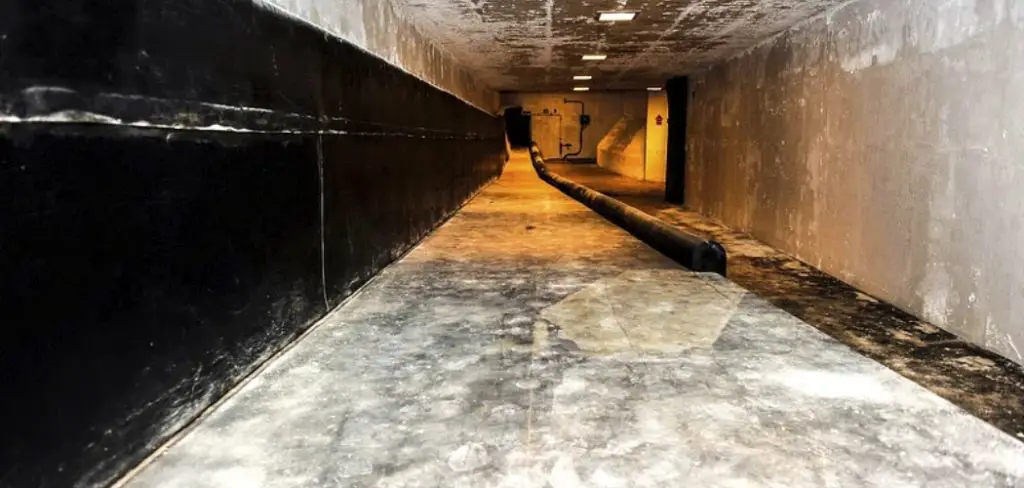
Required Items
Creating an escape room requires certain items to ensure the game is successful and enjoyable for everyone. It’s important to plan ahead of time, so you know exactly what materials you’ll need. Here are some items that should be on your shopping list:
- Clues.
- Props.
- Challenges.
- Timers.
- Hints.
10 Tips on How to Create an Escape Room in the Basement
1: Brainstorm Your Theme and Challenges
Before you start building the actual escape room, it’s important to decide on a theme and come up with your challenges. This will help you plan out the game better and create an engaging and exciting atmosphere for everyone involved.
2: Gather Supplies
Once you have determined your theme and challenges, gather supplies from around the house that fit the theme. You can also order supplies online, such as locks, keys, clues, puzzles, props and more.
3: Make a Storyline
Developing a storyline is an important part of creating your escape room. The storyline will give the game structure and make it more engaging for players. Take your time to create a story that is unique and interesting.
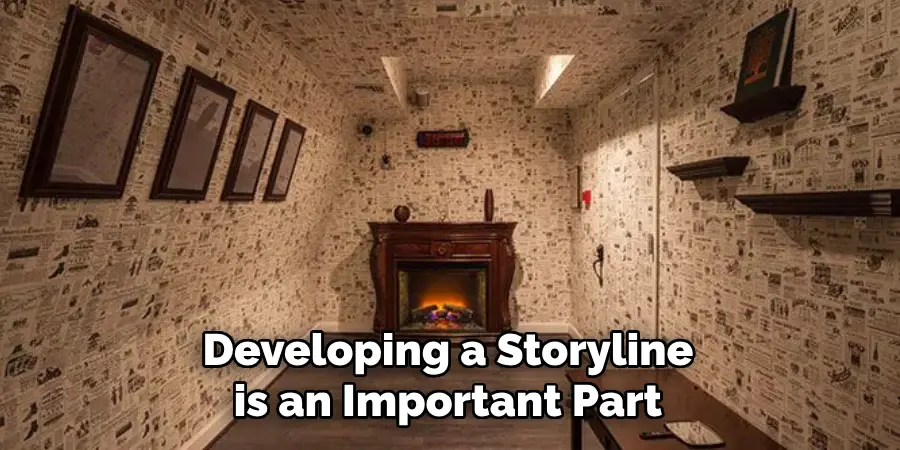
4: Create the Layout
Once you have decided on a theme and storyline, it’s time to create the layout of your escape room. Start by measuring and sketching out the space in order to get an idea of how much room you have available. You can also use some furniture, such as tables, chairs or shelves, to create obstacles and barriers.
5: Add Props
Props are an essential part of creating an escape room. Use props such as furniture, puzzles, decorations, and more to bring your theme to life and add depth to the game. While you can purchase props online, it’s also fun to use items that you already have in the house.
6: Incorporate Clues
Incorporating clues is essential for a successful escape room. Be sure to include enough clues for your players, but not too many that it becomes overwhelming. You can place these clues in plain sight or hide them behind furniture or props.
7: Add Challenges
Challenges are important in an escape room, as they add an element of difficulty and excitement for players. You can include physical challenges such as puzzles or mazes, mental challenges such as word games, or even physical obstacles.
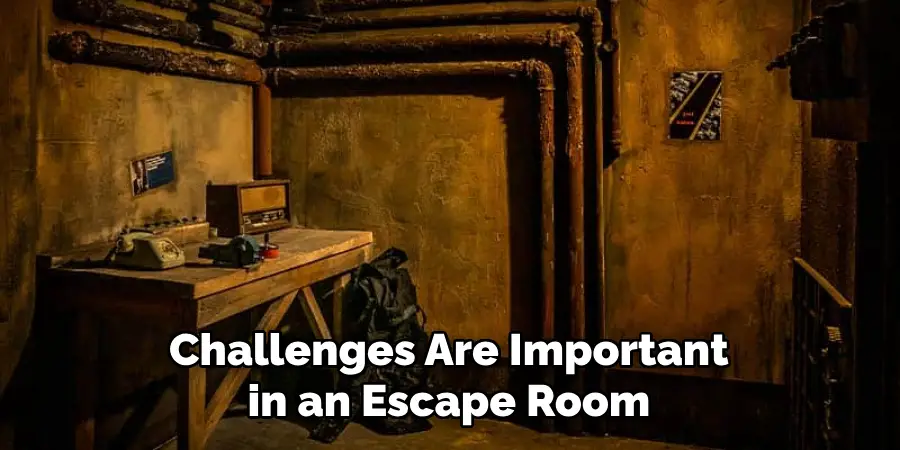
8: Add Timers
Adding a timer to the game is a great way to create an element of urgency and keep players on their toes. Depending on what works best for you, you can use digital and analog timers.
9: Prepare Hints
Hints are an important part of any escape room, as they can help players who are stuck or feeling overwhelmed. Prepare a list of hints before the game starts and ensure that all players know how to access them in case they need help.
10: Test it Out
Before you launch your escape room, it’s important to test it out yourself in order to make sure that it works and that all of the clues are in place. If you find any glitches or issues, it is time to fix them before anyone else plays the game.
Creating an escape room can be a fun and creative project for everyone involved. By following these tips, you can create a unique and exciting escape room in your basement for family and friends to enjoy. With a little bit of planning and preparation, you can create a memorable experience that everyone will love.
8 Mistakes You Might Make When Creating an Escape Room in the Basement
Creating an escape room in the basement offers a unique challenge, but people make some common mistakes when setting up their game. Here are 8 things to avoid while designing your escape room:
1. Not Having Enough Clues and Challenges:
Without enough clues or puzzles, players will not have much to do and will quickly become bored. Make sure to include enough clues and challenges so that the game is engaging for everyone involved.
2. Not Using Variety:
Using the same type of challenge or clue repeatedly can make the game repetitive and boring, so be sure to use variety when creating your escape room. Try incorporating clues such as riddles, codes, objects, and puzzles.
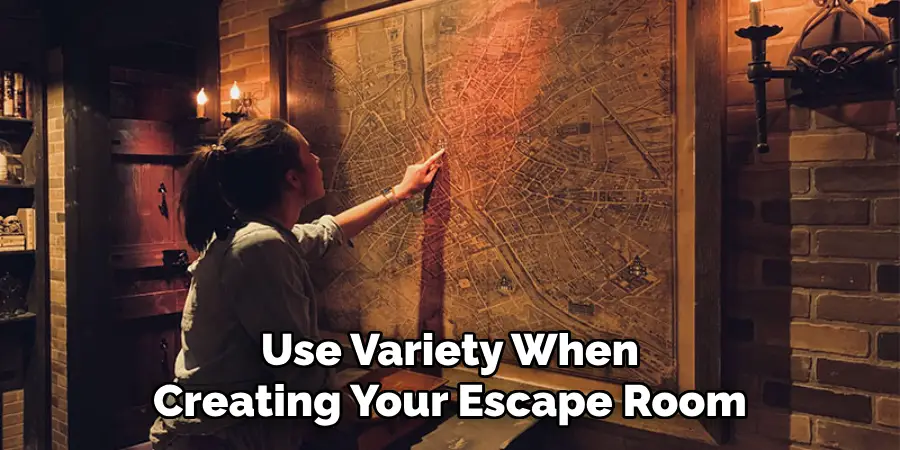
3. Not Using Proper Lighting:
Proper lighting is essential in any escape room to create the right atmosphere. Make sure to use lights that are dim enough for players to feel immersed in the game but bright enough that they can still see what they’re doing.
4. Not Testing Out The Puzzles and Clues:
Before you launch your escape room, it is important to test the puzzles and clues yourself. This will help you identify any mistakes or inconsistencies that need to be fixed before anyone plays the game.
5. Not Utilizing All of The Space:
When creating an escape room in the basement, it can be easy to forget about the corners or other forgotten spots. Make sure to use all of the space available in order to create a more dynamic and interesting game.
6. Not Giving Players Enough Time:
Timers are essential for escape room games, but not giving players too little time is important. Ensure that your timer is set to an appropriate amount of time to allow players to complete the game without rushing.
7. Not Preparing Hints:
Hints are a great way to help players who are stuck or feeling overwhelmed. Before launching the escape room, prepare a list of hints so that everyone knows where to find them if they need help.
8. Not Adding a Narrative:
Adding a narrative is essential for creating an immersive and exciting escape room experience. Take some time to create an interesting storyline that will capture the imagination of everyone involved. This can be done through props, visual clues, riddles or puzzles.
Creating an escape room in the basement can be an exciting and creative project, but it is important to avoid these common mistakes. Following these tips, you can create an immersive and engaging game that everyone will love. Have fun!
Frequently Asked Questions about Escape Rooms
Creating an escape room can be a fun and unique experience, but there are some important questions to consider before setting up your game. Here is a list of some frequently asked questions about escape rooms:
1. How Long Should an Escape Room Last?
The length of an escape room depends on the number of puzzles and clues included. An escape room should last between 45 minutes and 2 hours. But you can adjust the length depending on your game and the number of players.
2. What is the Minimum Number of Players for an Escape Room?
The minimum number of players depends on the type of puzzles included in your game, but generally two people are enough. However, it’s best to have at least three or four players in order to maximize the experience.
3. What Kind of Puzzles Should I Include in the Escape Room?
When creating your escape room, it is important to incorporate a variety of challenges and puzzles. These can include physical tasks such as mazes or puzzles, mental games such as word searches or riddles, or even physical obstacles.
4. What Is the Best Way to Give Players Hints?
The best way to give players hints is by providing them with a list of clues before the game starts. This will help them know where to look if they become stuck or overwhelmed.
4. How Much Does It Cost to Create an Escape Room?
The cost of creating an escape room depends on the type and number of puzzles included and any props or materials needed. Generally, it can cost anywhere from a few hundred dollars for a DIY project to several thousand dollars for a professional setup.
5. How Can I Make My Escape Room More Exciting?
Adding a timer to your escape room is one of the best ways to make it more exciting. This will give players a sense of urgency and challenge them to complete the game quickly. You can also add visual or audio effects, such as flashing lights or music to enhance the atmosphere.
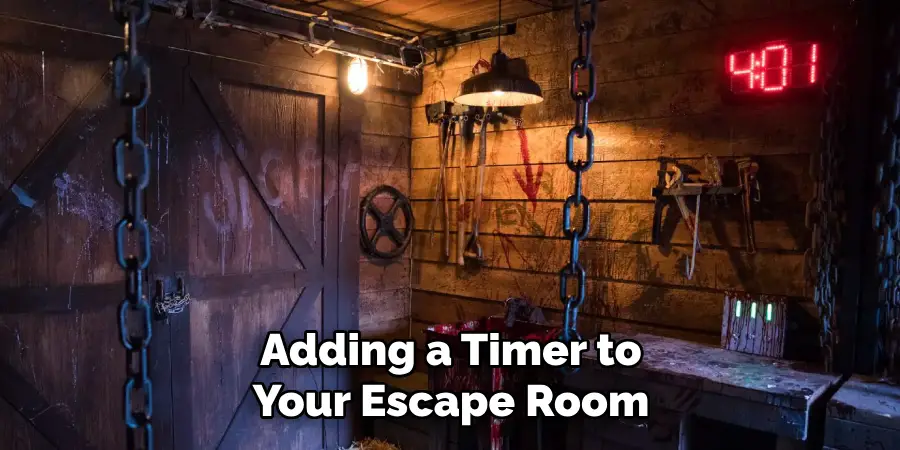
Creating an escape room in the basement can be a fun and creative project for everyone involved. By following these tips and avoiding the abovementioned mistakes, you can ensure that your escape room is a unique and enjoyable experience.
Conclusion
Creating an escape room in the basement is not only a great way to use extra space but also an exciting challenge for family and friends to work together and solve puzzles or challenges. By following the tips on how to create an escape room in the basement, you can create a unique and engaging experience that everyone will enjoy.
With careful planning and preparation, your escape room will surely provide an unforgettable experience for all involved! Be sure to have fun with the project – remember to let your imagination run wild when decorating, setting up puzzles and clues, and creating a narrative.

